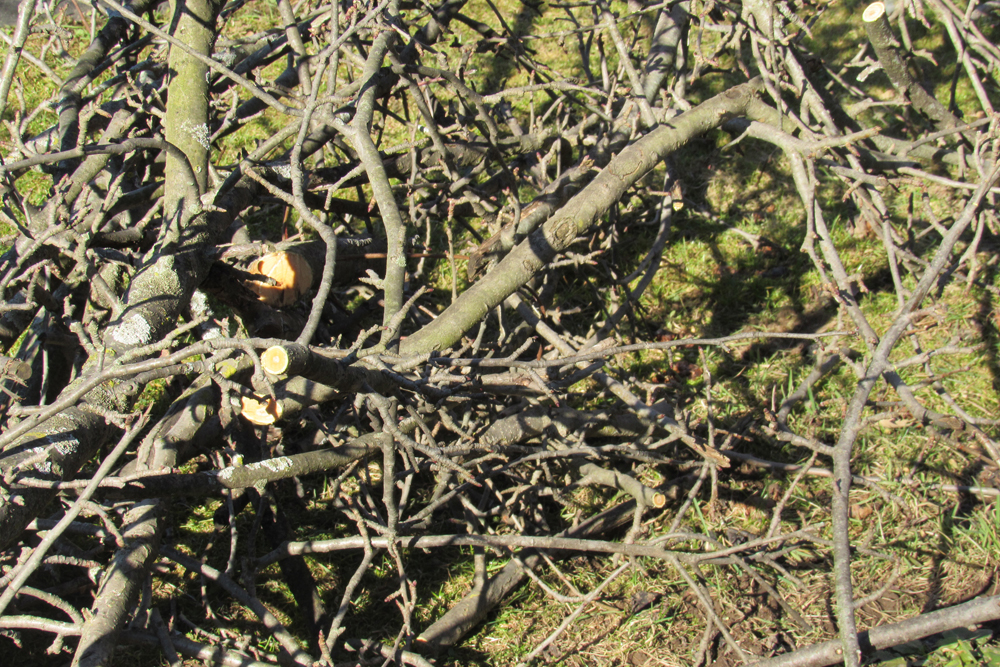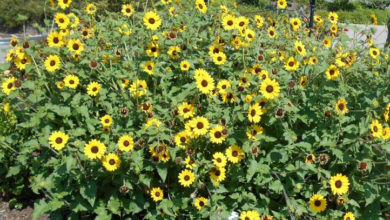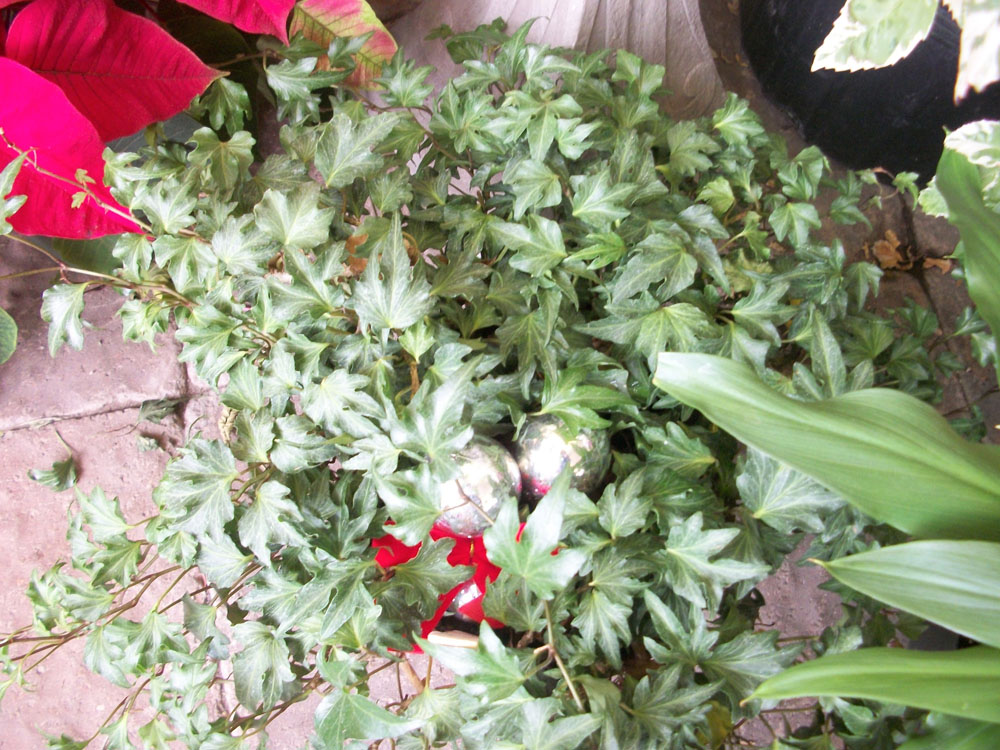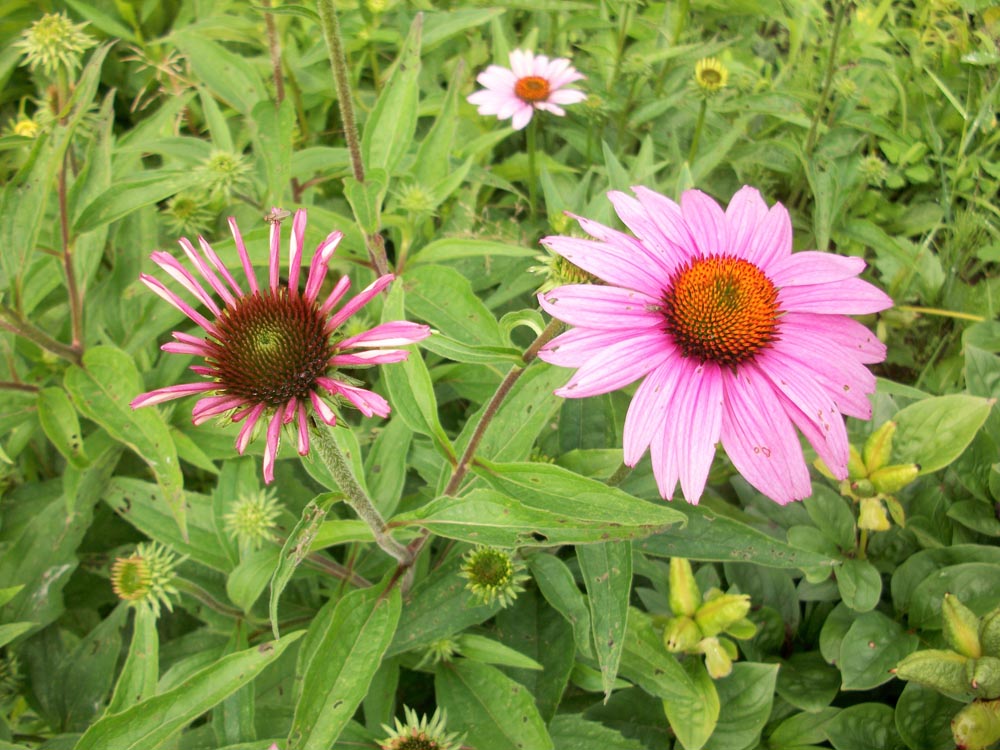Tips for pruning

First of all, happy spring! Spring is here and the garden to-do list is long. If you still have pruning chores to do, don’t put them off. Many trees and shrubs benefit from pruning before spring growth begins.
The University of Minnesota Extension says pruning is done for many reasons. It changes the form and growth of a plant, can be considered preventive maintenance for both insect and disease damage, and helps prevent many problems especially during the formative years for a tree or shrub. The late dormant season (right now) is the best time for pruning many trees and shrubs.
To prune for plant health, remove dead or dying branches injured by disease, severe insect infestation, animals, storms, and other damage. Remove branches that rub together as well as branch stubs.
Pruning also helps maintain the intended purposes for a plant in your landscape. It helps to encourage flower and fruit development, helps to maintain dense hedges, and encourages or maintains a desired plant form or special garden form.
Remember, for most landscapes, a plant’s natural form is best. Avoid shearing shrubs into tight geometrical forms, unless you need them confined and trained for a specific purpose. When plants are properly pruned, it’s actually hard to tell they have been pruned.
Pruning can also be important for safety. Remove dead branches and have any hazardous trees taken down. Prune out weak or narrow-angled tree branches overhanging your home, parking area, sidewalk, or any place where a falling limb could injure people or damage property. Prune shrubs or tree branches that obscure entry to your home for security purposes.
Here are some general guidelines for pruning. In addition to dead, broken, and diseased branches, remove any branches that are growing downward. Remove one branch if two limbs are crossed or tangled. Remove limbs that are larger in diameter than the trunk. Remove suckers that are coming up from the roots or around the base of the trunk. Remove vigorous vertical branches, called waterspouts. Remove large limbs first, starting at the top of the tree.
The most common type of pruning cut is a thinning cut which removes the entire branch at the branch collar. This type of cut is most recommended. Make pruning cuts close to the branch collar. The branch collar grows from the stem tissue around the base of the branch at the trunk. All pruning cuts should be wood on the branch side of the collar. For larger limbs, start the cut on the underside of the limb to avoid tearing the bark. This should be done about 18 inches from the trunk. Make a second cut farther out on the branch and cut until it breaks free. The final cut can be made just beyond the branch collar, but don’t leave a stub. Leaving the branch collar intact promotes healthy sealing of the wound.
Late winter to early spring is the time to prune apple trees, including crabapples, mountain ash, and hawthorn. Dogwood, smokebush, and ninebark can also be pruned in spring before new growth begins. Clematis and shrub roses can be pruned back to live wood and late blooming spirea and snowball hydrangeas can also be pruned prior to growth starting.
Wait to prune early flowering trees and shrubs like flowering cherry, flowering plum, azalea, forsythia, Juneberry, lilac, magnolia, and early blooming spirea until after blooming.






